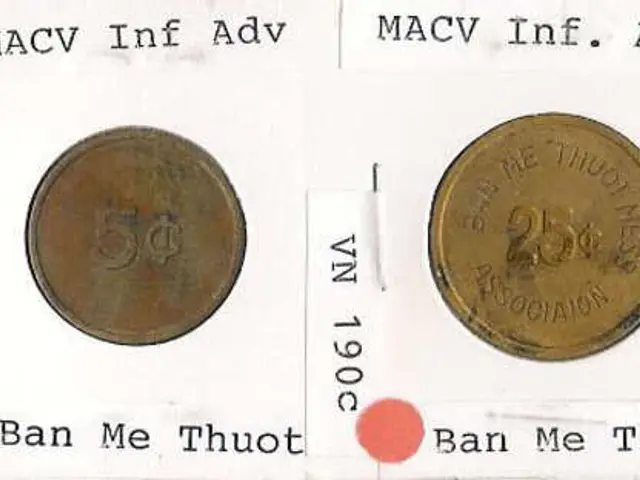Mars yields water and peculiar extraterrestrial artifacts submerged beneath its surface
The InSight lander, a NASA spacecraft that has been working on Mars since 2018, has recently ceased operations due to a lack of energy from its dusty solar panels. The lander, which was deployed by NASA as part of its Discovery Program, has made groundbreaking discoveries that have redefined our understanding of the Red Planet.
Managed by NASA's Marshall Space Flight Center, the InSight lander's spacecraft construction and operations were supported by Lockheed Martin Space. European partners like France's CNES and Germany's DLR also contributed instruments to the mission.
InSight's mission has led to some fascinating revelations. The lander's seismometer, named SEIS, registered 1319 marsquakes during its operation, some of which were as powerful as 3 to 4 on the Richter scale, making them the largest ever recorded off Earth.
One of the most significant findings from the InSight mission is the evidence of vast reserves of water seeped into Mars' depths. Canadian and American scientists, in a report published in the journal Proceedings of the National Academy of Sciences, have supported this hypothesis. They calculated the total volume of water that once existed on Mars' surface, enough to cover the entire planet in a layer ranging from 100 meters to 1.5 kilometers thick.
Four years ago, researchers from NASA's Jet Propulsion Laboratory and the California Institute of Technology estimated the reserves of hidden water within Mars' depths to be roughly half the volume of Earth's Atlantic Ocean.
The analysis of data transmitted by InSight by planetary scientists suggests the presence of dozens of mysterious objects at different depths beneath the Martian surface, some as long as 4 kilometers. These objects could be ancient fragments brought into Mars' interior from space, possibly due to asteroid impacts billions of years ago.
Vashan Wright and his colleagues used data collected by the InSight lander to create a mathematical model, suggesting the presence of liquid water accumulated in numerous cracks between 12 and 20 kilometers in Mars' crust.
The findings from the InSight mission have been reported in the journal Science and have led to the conclusion that Mars is a "time capsule" that preserves records of its early formation. These discoveries have also sparked discussions about Mars' "wet" past and the possibility of a "wet" future for potential colonists.
However, it's important to note that the water in Mars' depths is not easily accessible for future colonists.
Before it stopped functioning, the InSight lander sent a farewell message, expressing gratitude for the time spent on Mars and the productive and peaceful experience. The internet mourned the loss of the InSight lander, similar to the reaction to Opportunity's demise in 2019.
The rovers Curiosity and Perseverance, still roaming Mars, get their energy from nuclear sources, unlike InSight and Opportunity, which relied on solar power. This difference in energy sources could be crucial for future missions, ensuring they can continue to operate even when covered in dust.
As we bid farewell to the InSight lander, we look forward to the discoveries that future missions will uncover about our neighbouring planet. Mars, with its hidden secrets, continues to be a captivating subject of scientific exploration.
Read also:
- Peptide YY (PYY): Exploring its Role in Appetite Suppression, Intestinal Health, and Cognitive Links
- Toddler Health: Rotavirus Signs, Origins, and Potential Complications
- Digestive issues and heart discomfort: Root causes and associated health conditions
- House Infernos: Deadly Hazards Surpassing the Flames








